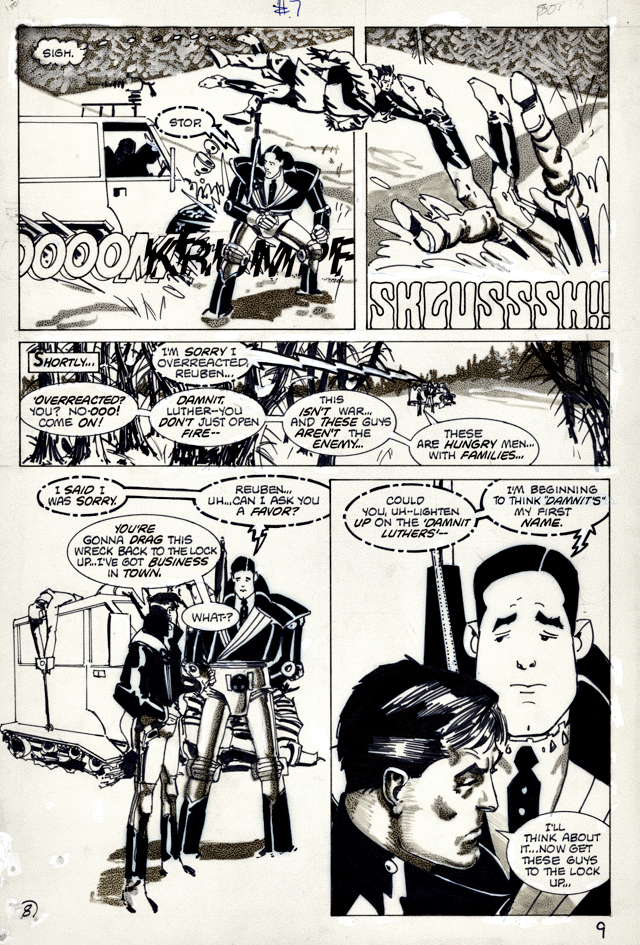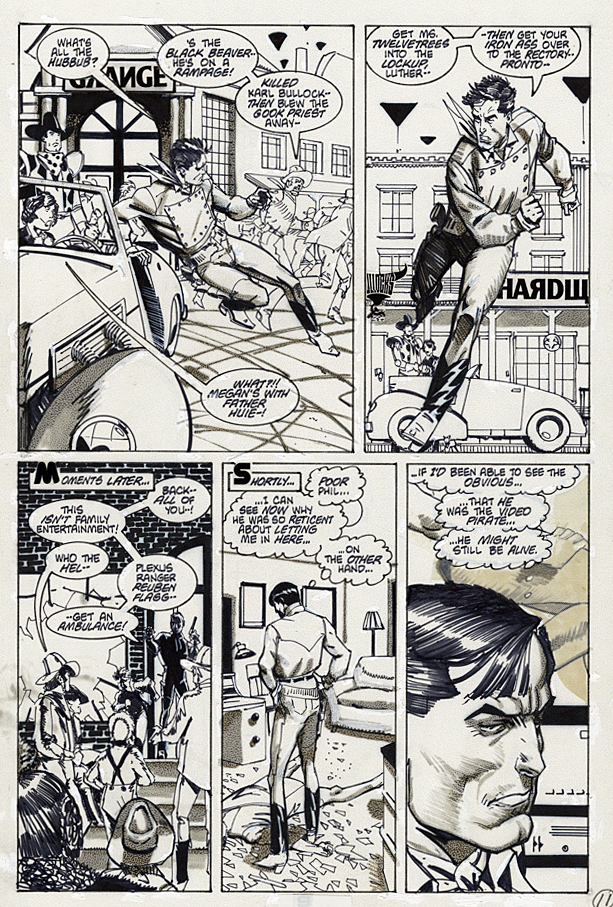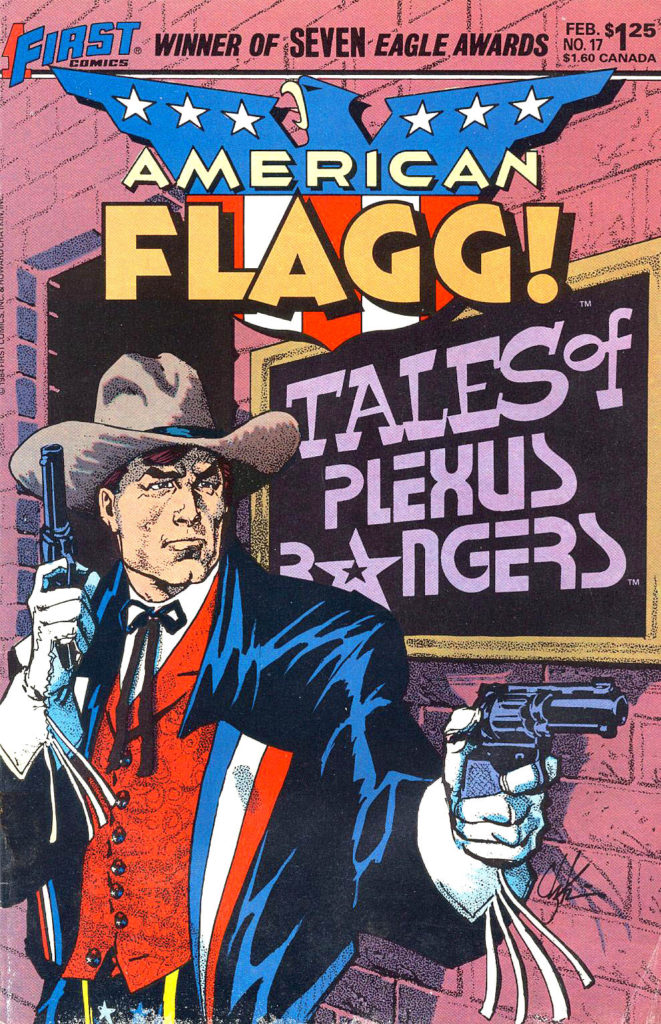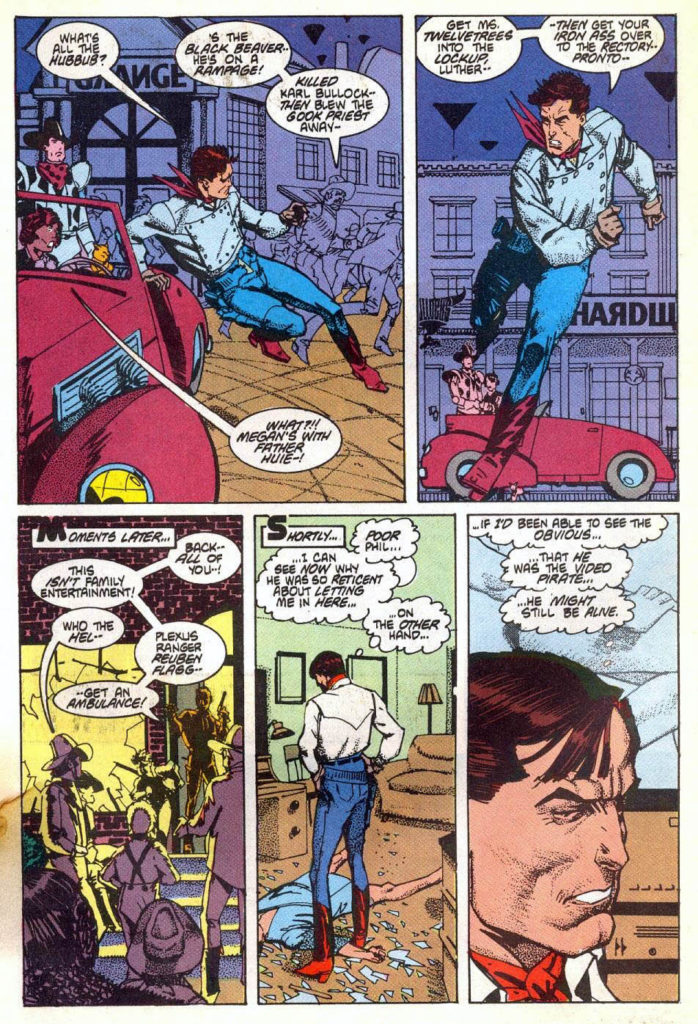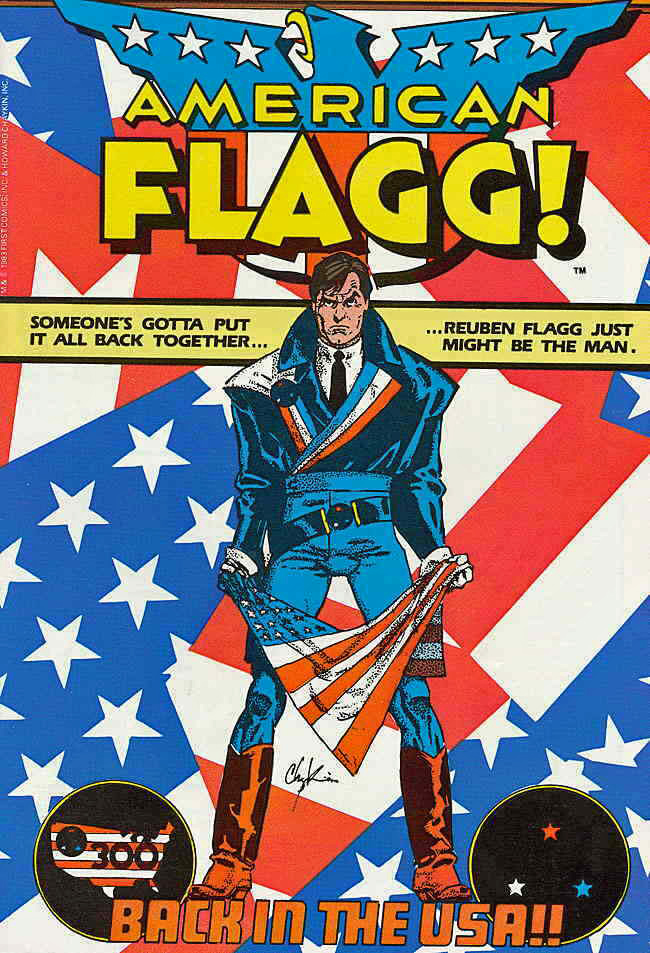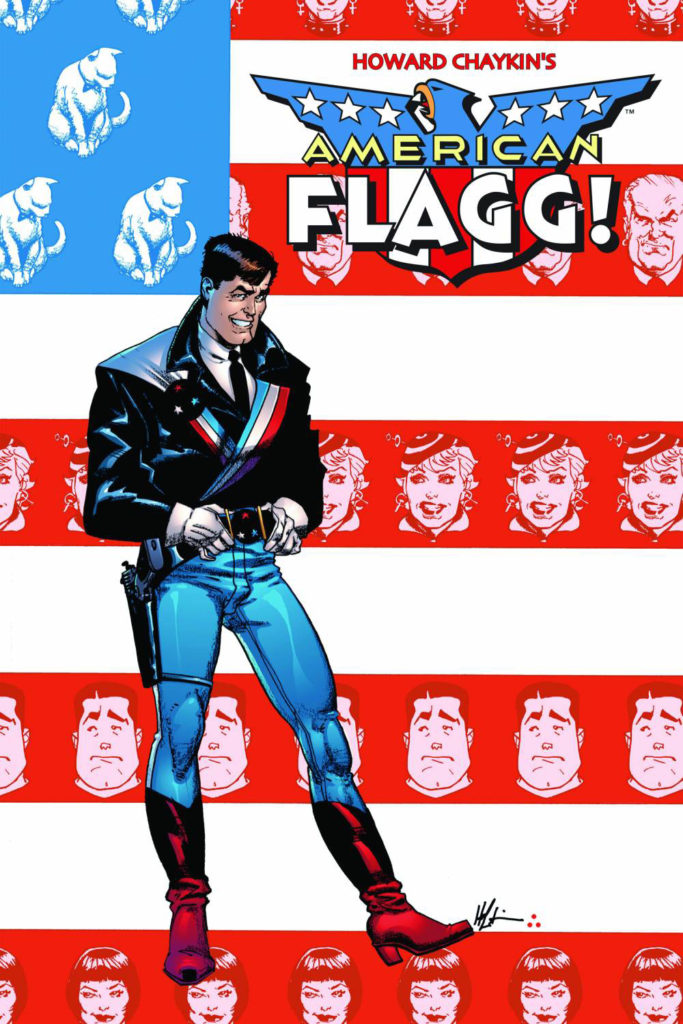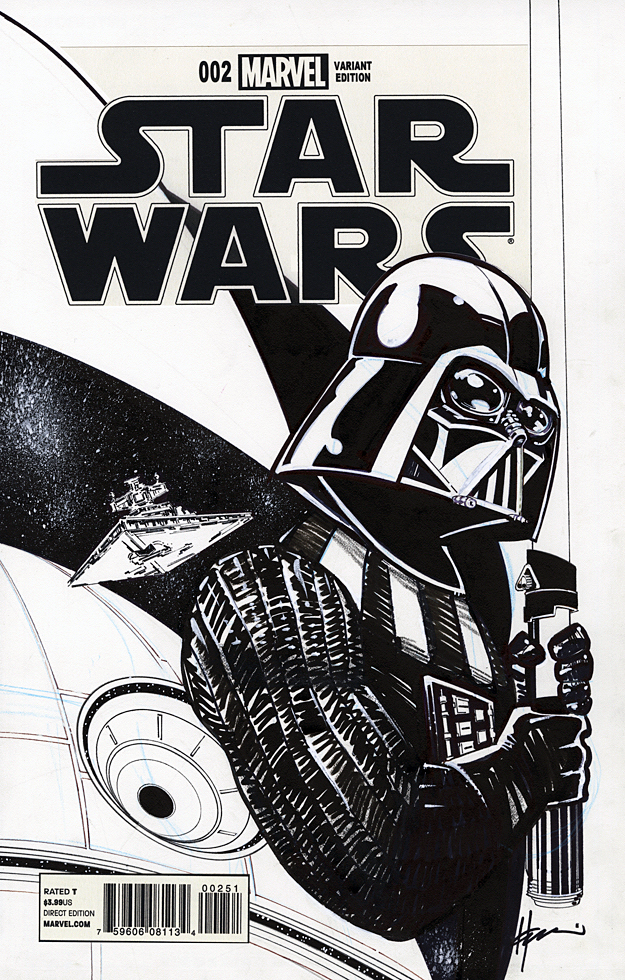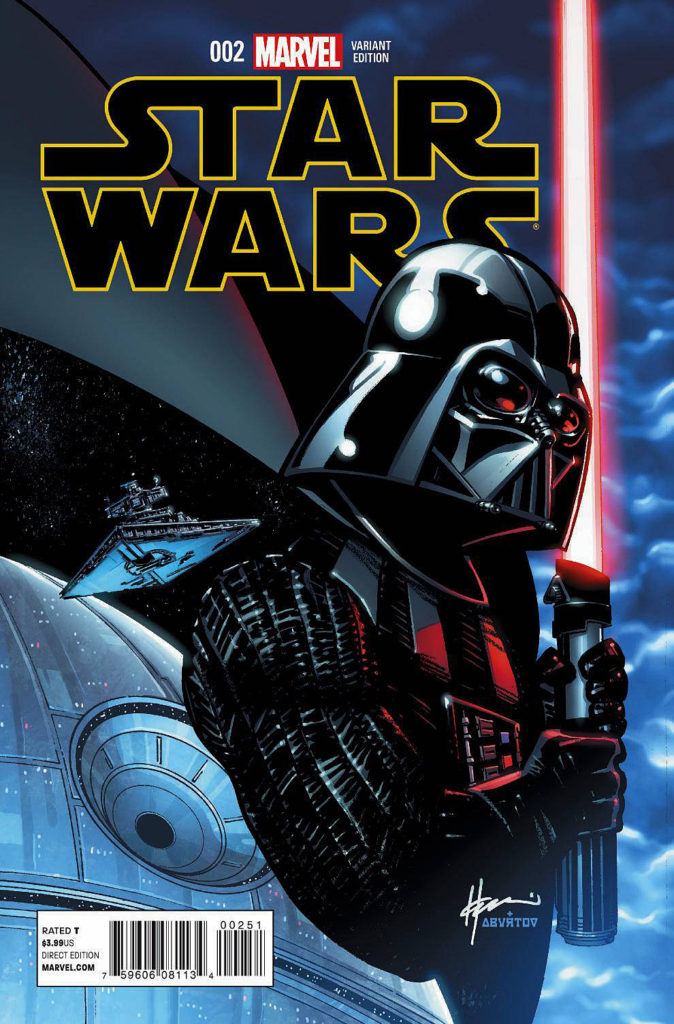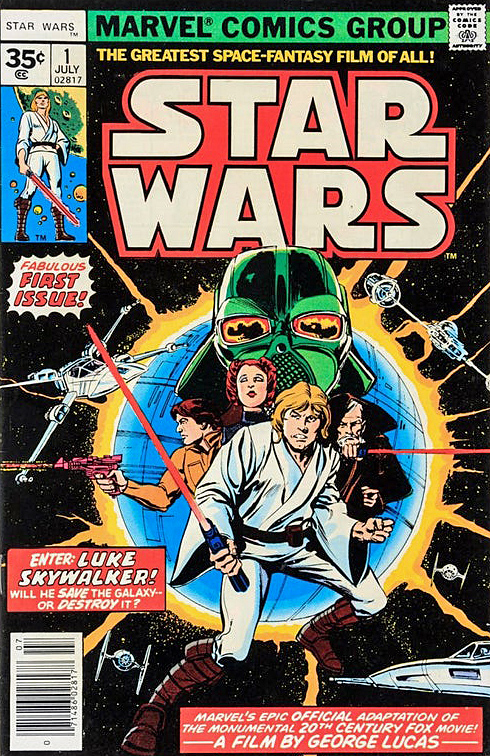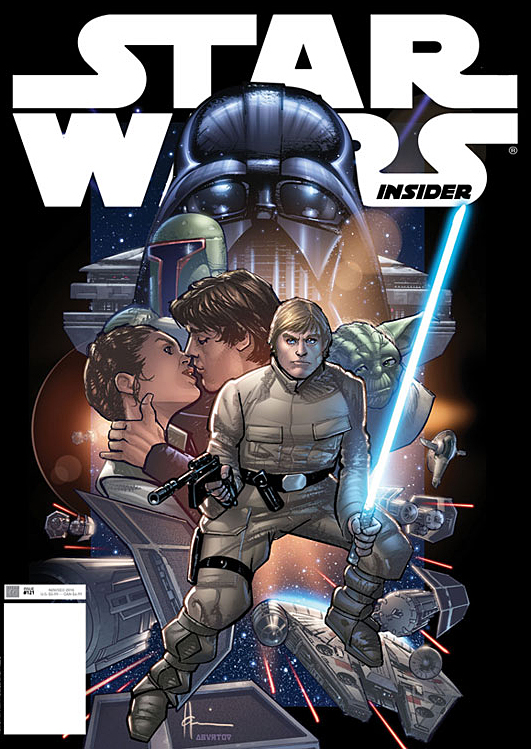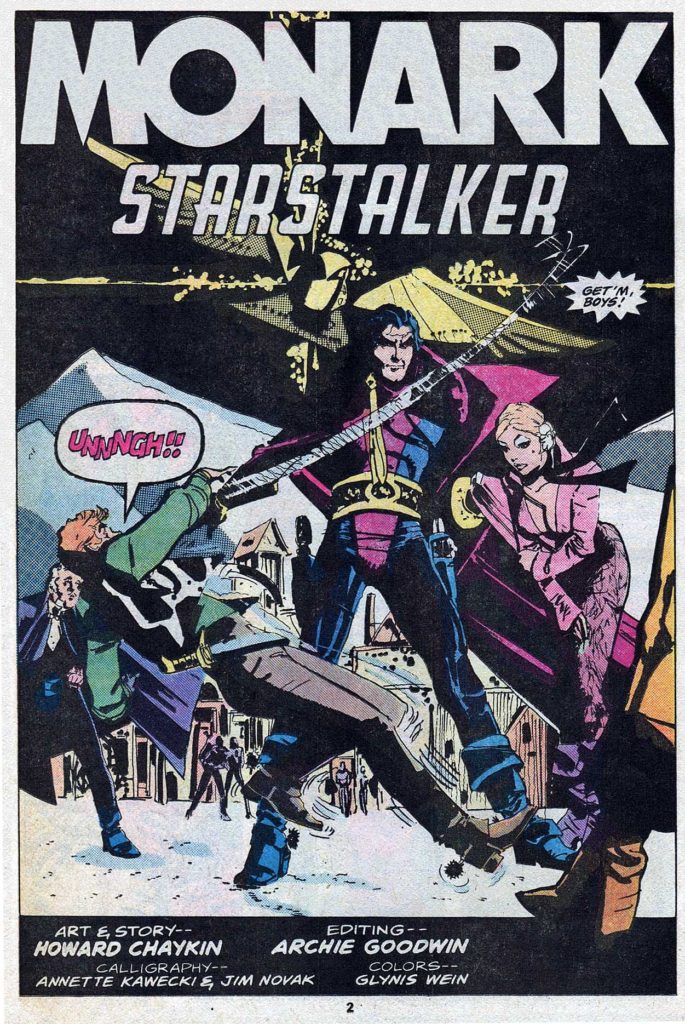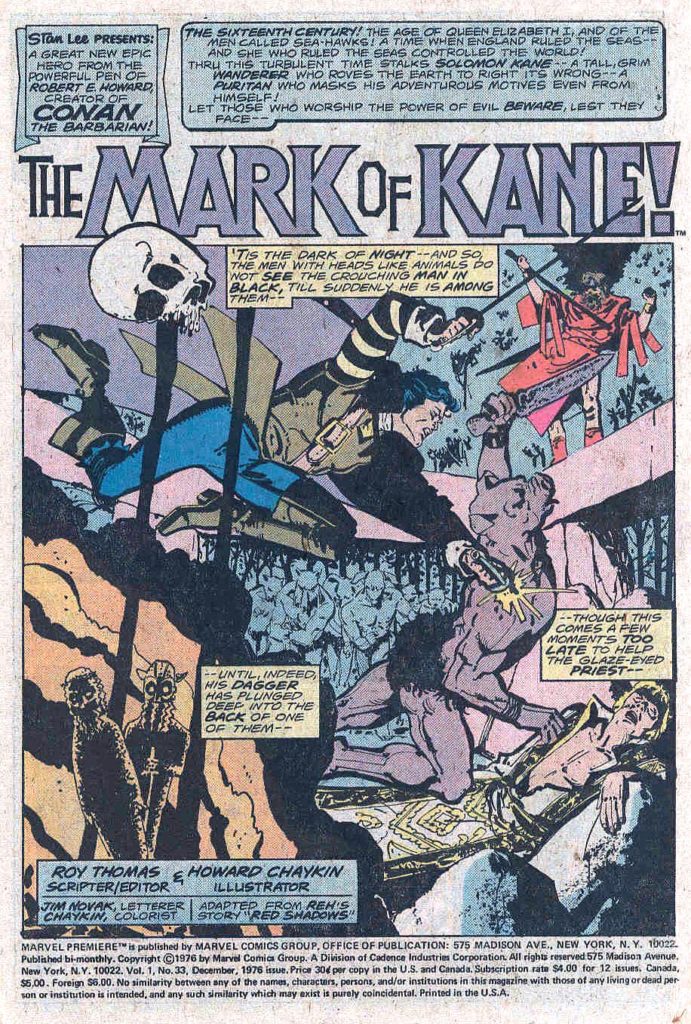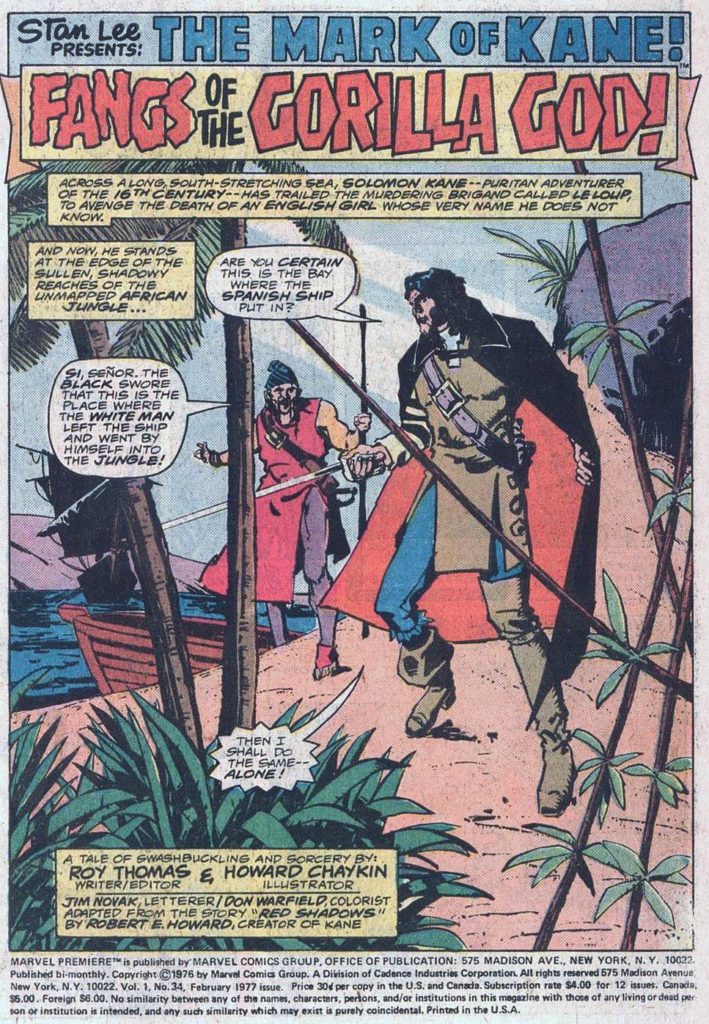Howard Chaykin — Saluting The Flagg, Again
American Flagg #7, April 1983
New art, along with a repost of last year’s Flagg blog:
Remember what is was like to first watch Sopranos or The Wire or some of other great early HBO-produced television shows? You knew it was TV, of course but it was so different… so much better than typical commercial fare, it made you think about what the medium could actually be.
For many fans — myself included — Howard Chaykin’s American Flagg (especially the first dozen issues or so) had a similar impact on comic books in 1983. Part SF, part satire, all adult, Flagg’s dystopia was like nothing else in contemporaneous comic book publishing.
Its inventive storytelling was groundbreaking, an oft-overused word that most definitely applies here. Need validation? Read those first twelve Flagg issues, and then read The Dark Knight Returns, by Howard’s studiomate Frank Miller, which appeared a few years later.
I’ll wait.
Or, just trust me on this.
Flagg came from nascent publisher First, and its editorial plan pursued mature, original comics from talented creators. And Flagg was one of the best of them.
It was obvious that Howard put his heart — and more — into the series.
In fact, I think there are only two reasons why Flagg isn’t frequently discussed in the same breath as other innovative titles like DKR or Watchmen.
First, it’s because of First.
Independent comic book publishers almost entirely relied on the direct market. Their reach wasn’t anywhere near as wide the mass market, and even with some newsstand distribution, a top independent comic book would never have the reach of a poor-selling superhero title from Marvel or DC, let alone a smash hit.
In other words, no chance you were going to score an American Flagg Slurpee at 7-Eleven.
The second reason is more frustrating.
Remarkably, all 50 original issues of Flagg have NEVER been collected. The early issues appear in and out of print from time to time, but it’s a pity that you can’t get the complete series in digital or print, on demand, as they say.
And that’s a conversation I’ve had with Howard many times. Many, many times.
Trust me on that, too.

